For motion control and machine automation, the EtherCAT networking protocol has been slowly gaining acceptance, garnering more interest from both end users as well as developers of motion control systems. As one of several Ethernet-based motion protocols, it offers a number of advantages that have made it an increasingly common choice for many system designers.
A little history: EtherCAT was initially developed by Beckhoff Automation and first introduced in early 2003. It was intended to use Ethernet for automation applications that required relatively short cycle times of less than 100 microseconds.
How it works: An EtherCAT master sends out a message that passes through each node on the network. Then each EtherCAT device reads the data in the message that is addressed to it specifically, doing so “on the fly.” It then inserts its data into the frame as it moves downstream. So in effect the frame is only delayed by hardware propagation delay times. And because the EtherCAT master is the only node allowed to actively send an EtherCAT frame (with other nodes only allowed to forward frames), this prevents unpredictable delays, guaranteeing real-time performance. It also eliminates protocol stacks such as TCP/IP, which serves to increase transmission speeds and making it more real-time in function.
In terms of real numbers, an EtherCAT network can process roughly 1,000 I/Os in about 30 µsec, or approximately 100 axes in 125 µsec.
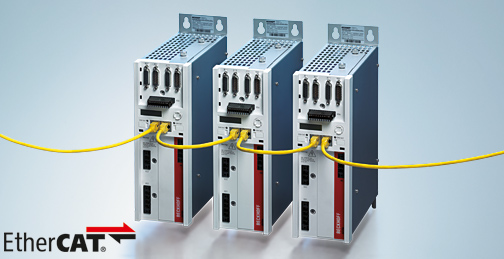
Why it’s on the rise: One reason for the increased adoption of EtherCAT is the larger trend of the IoT and industrial IoT (IIoT). The roll out of the IIoT (or Industry 4.0 as it’s also known) as the next iteration of industrial automation calls for more data transmission and processing at faster rates, which EtherCAT is set up to do. In fact, based on testing, it’s said that EtherCAT boasts the most deterministic performance of any real-time industrial Ethernet network. With its fast transmission rates and real-time I/O capability, it’s well suited for new and challenging industrial and motion control applications.
EtherCAT features a full duplex ring topology meaning that a large number of devices can be accommodated on a network. However, it can also be used in a line, bus, or star topology, so it offers some level of design flexibility as well. Also, optical fiber technology is available where longer distances are in play.
Data rates of 100 Mbits/sec make EtherCAT sufficiently fast for real-time performance. However, recent enhancements take the data rates even higher. The new EtherCAT G standard boasts speeds of up to 1 Gbit/sec, with a 10 Gbit/sec option in the works as well. This new EtherCAT G standard was developed to meet the new applications being developed for the IIoT. These include data-intensive uses such as complex synchronized multi-axis motion control, new machine vision systems, as well as measurement equipment with high sample rates.
These benefits are making EtherCAT a top choice among many motion control companies, especially for integrating into their drive offerings.
For more in-depth information on all things EtherCAT related, the EtherCAT technology group page is a great resource.

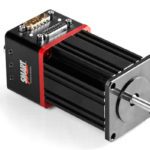
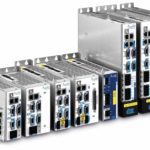

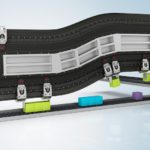
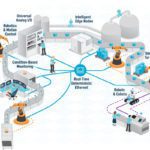

Leave a Reply
You must be logged in to post a comment.